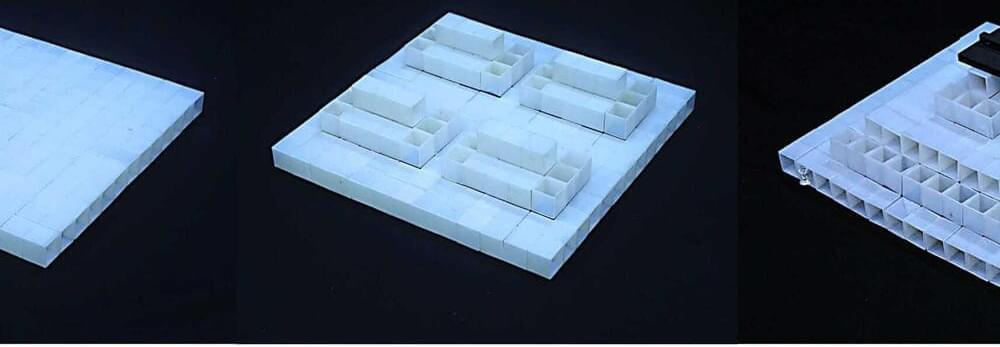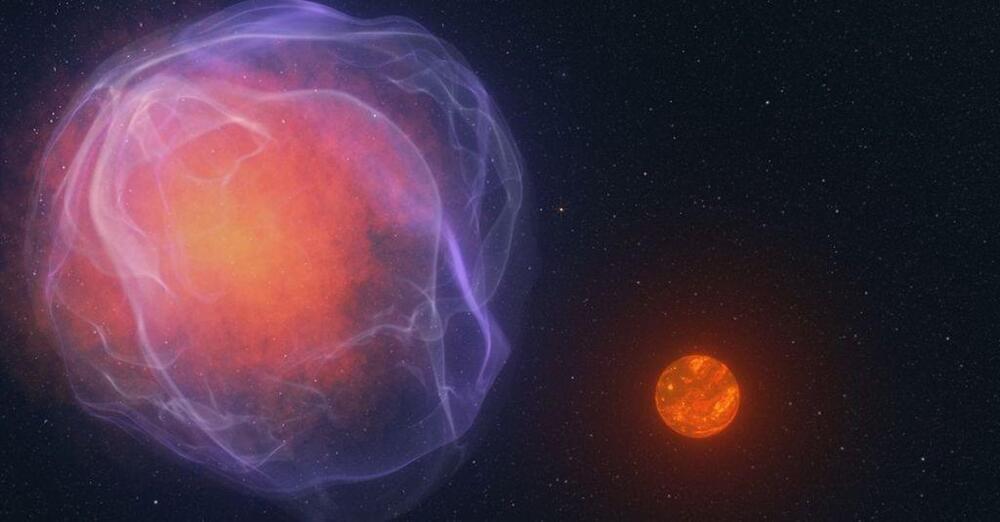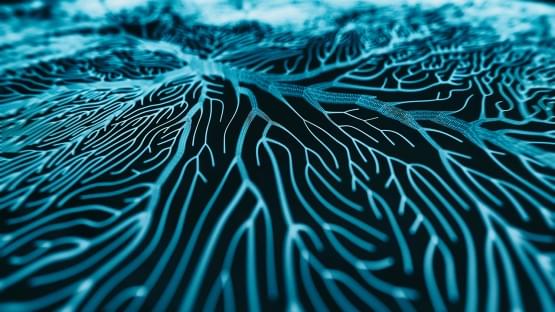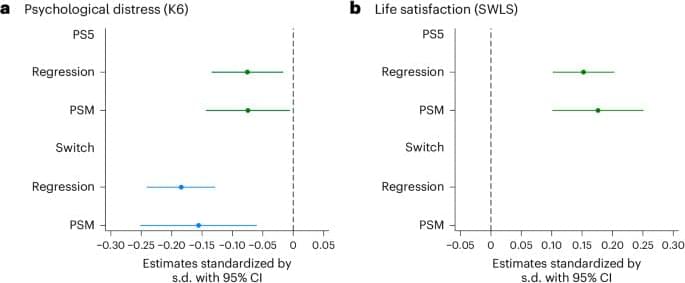Could nickel-oxide-based compounds be a new class of high-temperature superconductors?



A new mechanical computer made from an array of rigid, interconnected plastic cubes can store, retrieve and erase data simply by stretching the array and manipulating the position of the cubes. The device’s construction is inspired by the ancient Japanese art of paper cutting, or kirigami, and its designers at North Carolina State University in the US say that more advanced versions could be used in stable, high-density memory and logic computing; in information encryption and decryption; and to create displays based on three-dimensional units called voxels.
Mechanical computers were first developed in the 19th century and do not contain any electronic components. Instead, they perform calculations with levers and gears. We don’t often hear about such contraptions these days, but researchers led by NC State mechanical and aerospace engineer Jie Yin are attempting to bring them back due to their stability and their capacity for storing complex information.

Most familiar stars peacefully orbit the center of the Milky Way. But citizen scientists working on NASA’s Backyard Worlds: Planet 9 project have helped discover an object moving so fast that it will escape the Milky Way’s gravity and shoot into intergalactic space. This hypervelocity object is the first such object found with the mass similar to or less than that of a small star.

The Earth’s rotation has been decelerating throughout its history due to tidal dissipation, but the variation of the rate of this deceleration through time has not been established. We present a detailed analysis of eight geological datasets to constrain the Earth’s rotational history from 650 to 240 Mya. The results allow us to test physical tidal models and point to a staircase pattern in the Earth’s deceleration from 650 to 280 Mya. During this time interval, the Earth–Moon distance increased by approximately 20,000 km and the length of day increased by approximately 2.2 h. Specifically, there are two intervals with high Earth rotation deceleration, 650 to 500 Mya and 350 to 280 Mya, separated by an interval of stalled deceleration from 500 to 350 Mya. The interval with stalled deceleration is attributed mainly to reduced tidal dissipation due to the continent-ocean configuration at the time, not to changes in Earth’s dynamical ellipticity from continental assembly or glaciation. Modeling indicates that, except for the very recent time, tidal dissipation is the main driver for decelerating Earth rotation. One potential implication of our findings is that the Earth’s tidal dissipation, along with Earth’s rotation deceleration, may play a role in the evolving Earth.

American chipmaker Microchip Technology Incorporated has disclosed that a cyberattack impacted its systems over the weekend, disrupting operations across multiple manufacturing facilities.
Headquartered in Chandler, Arizona, the company has roughly 123,000 customers across multiple industry sectors, including industrial, automotive, consumer, aerospace and defense, communications, and computing markets.
Due to an incident, some Microchip Technology manufacturing facilities operate at reduced capacity, affecting the company’s ability to meet orders. Microchip Technology also had to take steps to manage the situation, such as shutting down some systems and isolating the affected ones following the breach.

According to user reports following this month’s Patch Tuesday, the August 2024 Windows updates are breaking dual boot on Linux systems with Secure Boot enabled.
This issue is caused by Microsoft’s decision to apply a Secure Boot Advanced Targeting (SBAT) update to block Linux boot loaders unpatched against the CVE-2022–2601 GRUB2 Secure Boot bypass vulnerability, which could “have an impact on Windows security.”
“The vulnerability assigned to this CVE is in the Linux GRUB2 boot loader, a boot loader designed to support Secure Boot on systems that are running Linux,” Microsoft says in an advisory published last week to address this issue.

Ransomware victims have paid $459,800,000 to cybercriminals in the first half of 2024, setting the stage for a new record this year if ransom payments continue at this level.
Last year, ransomware payments reached a record $1.1 billion, which Chainalysis previously predicted from stats gathered in the first half of the year when ransomware activity grossed $449,100,000.
We now stand at approximately 2% higher than 2023’s record-breaking trajectory from the same period despite significant law enforcement operations that disrupted large ransomware-as-a-service operations, such as LockBit.

